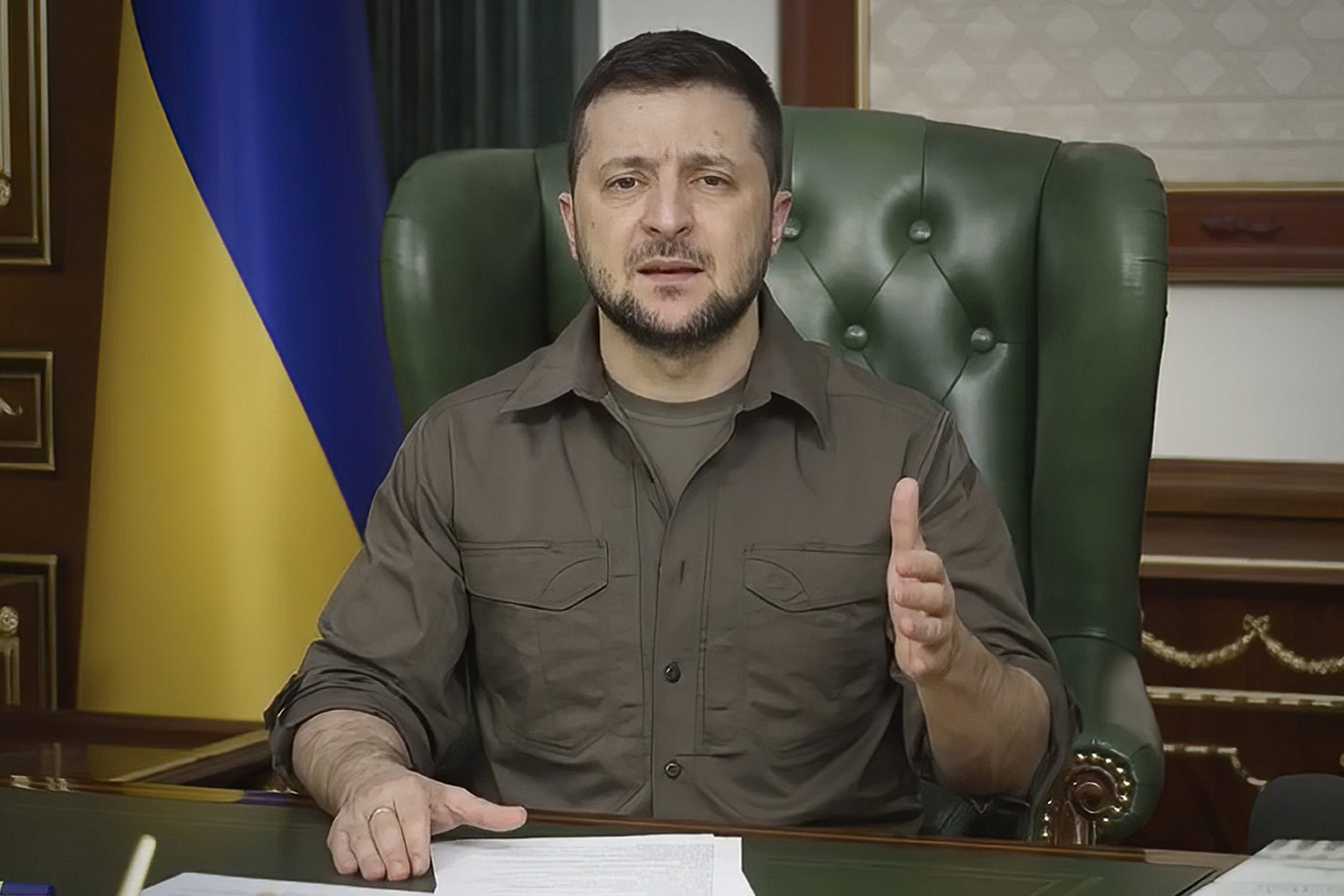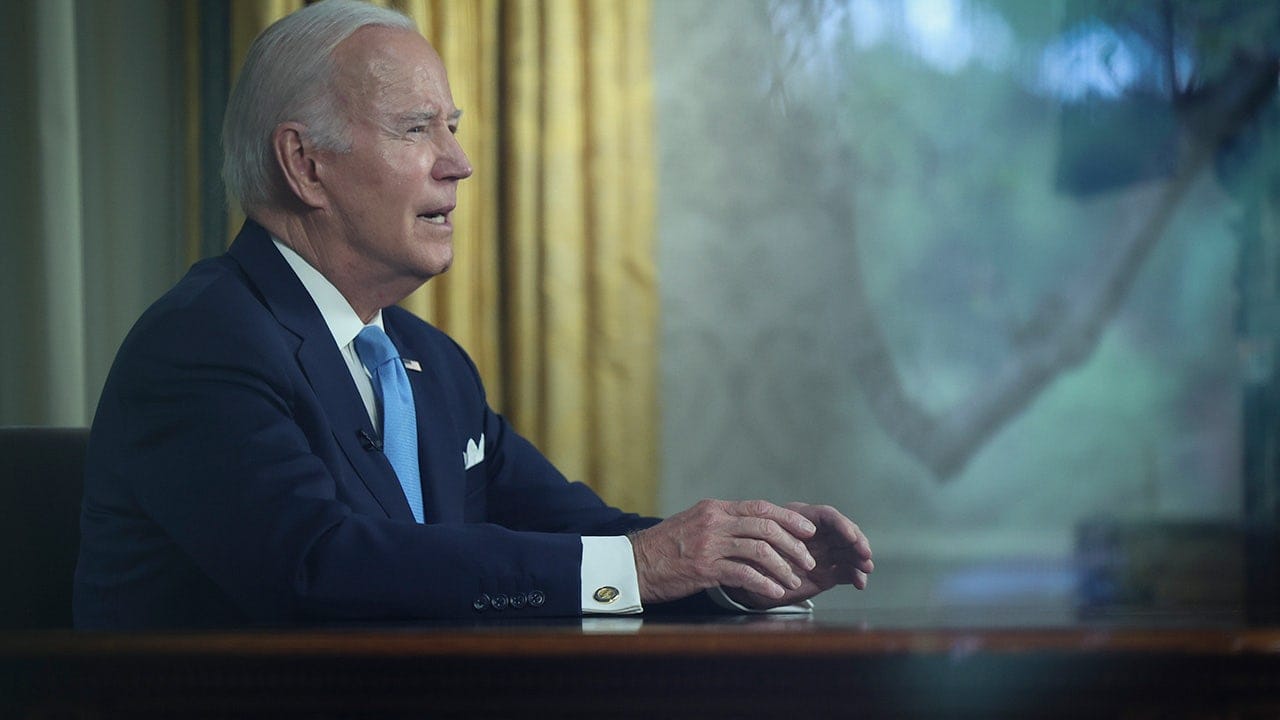In recent discussions, Jeffrey Gundlach, the CEO of DoubleLine Capital and a well-known figure in the bond investment community, has expressed significant concerns regarding the future trajectory of U.S. Treasury bonds. Gundlach, often referred to as the “Bond King,” has made a name for himself by accurately predicting market trends and economic shifts. His latest pronouncements suggest that a reckoning is imminent for Treasuries, a staple investment for many portfolios.
Gundlach’s analysis centers around the increasingly complex dynamics of the current economy. One of the primary factors he cites is the ongoing inflationary environment, which has persisted longer than many anticipated. Traditionally, U.S. Treasuries have been viewed as a safe haven asset, offering stability and lower risk in turbulent economic times. However, with inflation rates hovering at elevated levels, the purchasing power of returns from these bonds is diminishing. This scenario could lead to decreased demand for Treasuries as investors seek alternatives that offer better real returns.
Moreover, Gundlach emphasizes that the Federal Reserve’s monetary policy is playing a crucial role in shaping the bond market landscape. As the central bank navigates between managing inflation and supporting economic growth, its decisions on interest rates will have profound implications for Treasuries. Gundlach warns that any shift towards aggressive interest rate hikes could trigger significant volatility in the bond markets, as higher rates generally lead to lower bond prices. This potential scenario could be particularly jarring for investors who are heavily reliant on fixed-income assets for income generation.
Another critical component of Gundlach’s argument is the changing geopolitical environment. Global events can influence U.S. Treasury yields, as international investors adjust their portfolios in response to new economic realities. The geopolitical landscape has become increasingly unpredictable, with tensions in several regions impacting global trade and economic stability. Such uncertainties can contribute to a re-evaluation of U.S. Treasuries as foreign entities may reconsider their investments in American debt.
Gundlach’s views also suggest that we are at an inflection point. He believes many investors are underestimating the potential for change in the Treasury market and the broader implications these shifts could have on capital markets. Historically, Treasuries have been a cornerstone for institutional portfolios, but Gundlach’s analysis hints at the possibility that we may be witnessing a transitional period where investors will need to adapt their strategies to navigate a new reality.
Moreover, he cautions that complacency could be detrimental. Many investors have come to expect that Treasuries will continue to offer safety and consistent returns. However, in light of rising inflation and potential rate hikes from the Federal Reserve, this expectation may be misplaced. As Gundlach suggests, a reevaluation of risk tolerance may be necessary for those who have locked in their capital in Uncle Sam’s debt without considering the potential for diminishing returns.
In preparation for this reckoning, Gundlach encourages investors to diversify their portfolios and consider alternative investment vehicles. Real assets, inflation-protected securities, and equities may present more compelling opportunities in the current economic climate. For investors heavily tilted towards Treasuries, a balanced approach that incorporates various asset classes may mitigate the risks posed by the changing economic backdrop.
While Gundlach’s warnings might seem alarming to some, they underscore the importance of vigilance in investment strategy formulation. Understanding the broader economic landscape, as well as the particularities of the Treasury market, will be essential for investors seeking to navigate this evolving environment. The implications of his predictions extend beyond mere market fluctuations; they represent a fundamental shift in how financial markets may respond to ongoing economic pressures.
In conclusion, Jeffrey Gundlach’s forecasts regarding the reckoning for U.S. Treasuries serve as a critical reminder of the complexities involved in bond investing. As inflation challenges the traditional narrative of safety surrounding these securities, and as Federal Reserve policies become increasingly influential, investors must prepare for a landscape that may require new thinking and strategic adjustments. Embracing this shift could be key to navigating the potential turbulence ahead for the U.S. Treasury market.



